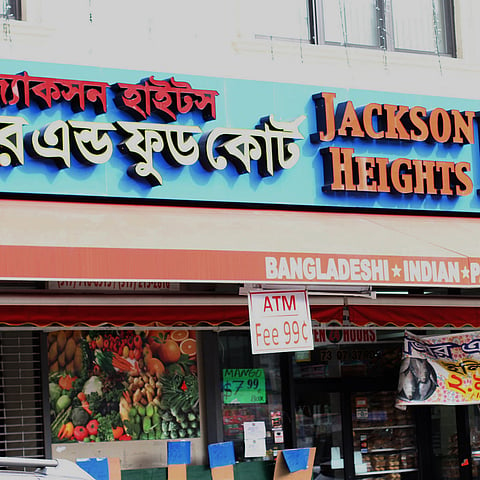(This article is a part of the web-exclusive series from our latest issue 'The Bangladesh Paradox'. More from the print quarterly here.)
Growing up in West Bengal, I had primarily two images of the People's Republic of Bangladesh – first, as the home that the maternal side of my family had to flee to save their life; and second, as the site of the great liberation struggle of 1971. Many Bengalis in West Bengal felt a deep resonance with the Liberation War.
As time went on, especially in the post-1990 period, these images began to fade from the public imagination and was slowly replaced by the image of the 'illegal' Bangladeshi, who is always sneaking in to take away menial jobs from West Bengal, threatening to change the demographic reality of border districts, and posing the danger of turning the state into a Muslim-majority province. Given this state of affairs, my first real sustained exposures to people from the East happened during my eight-year-long stay outside the Indian Union, primarily in the US but also in several European and West Asian countries.

